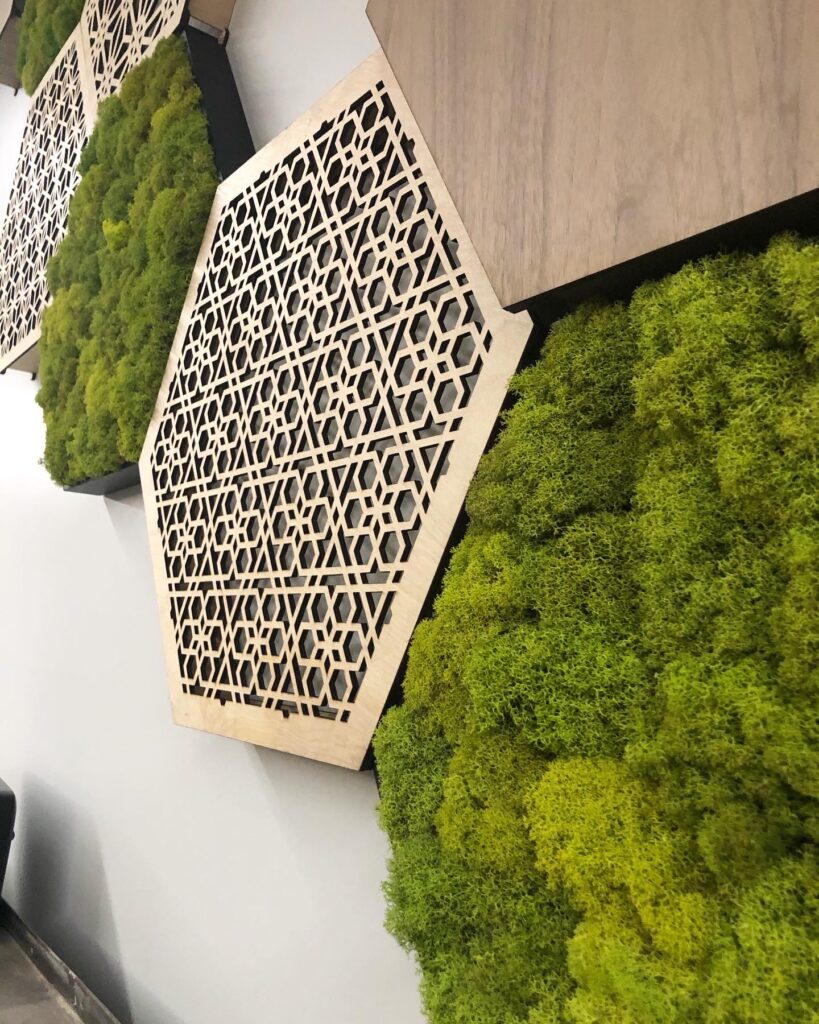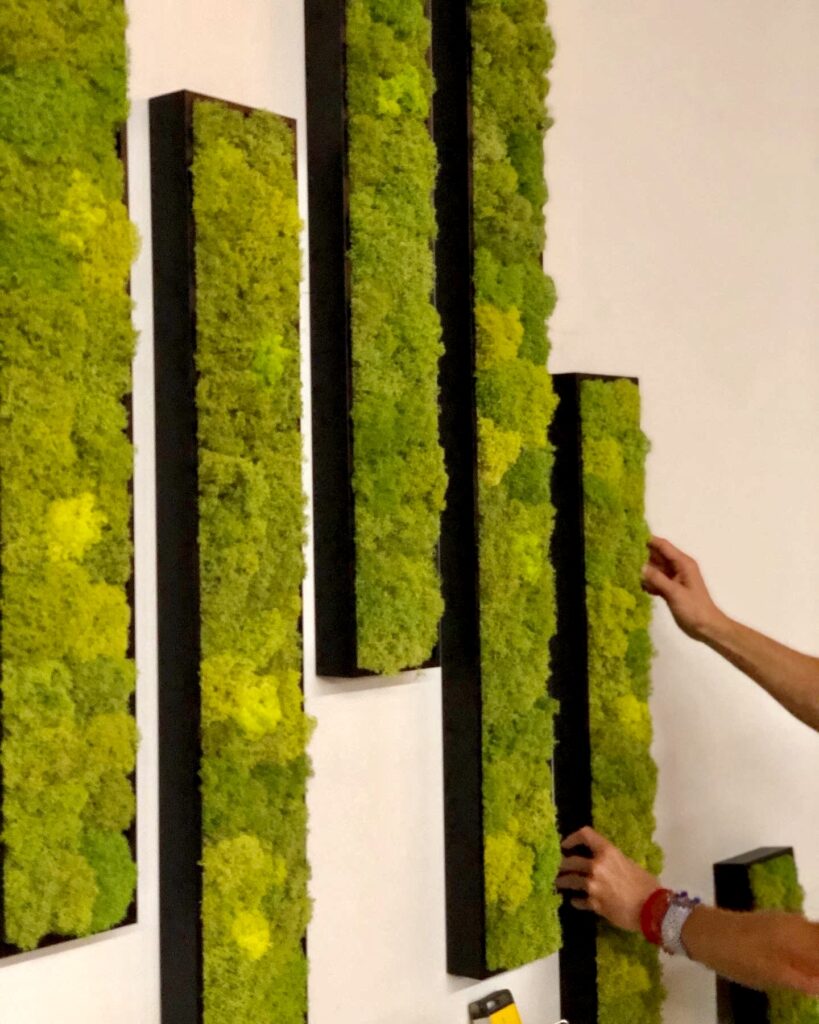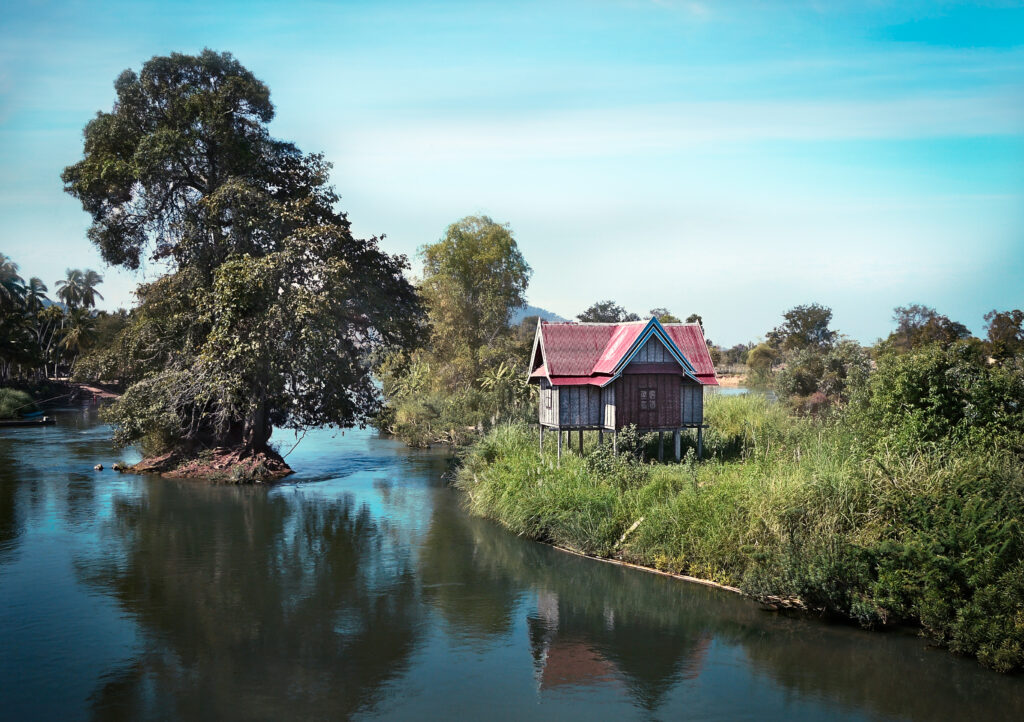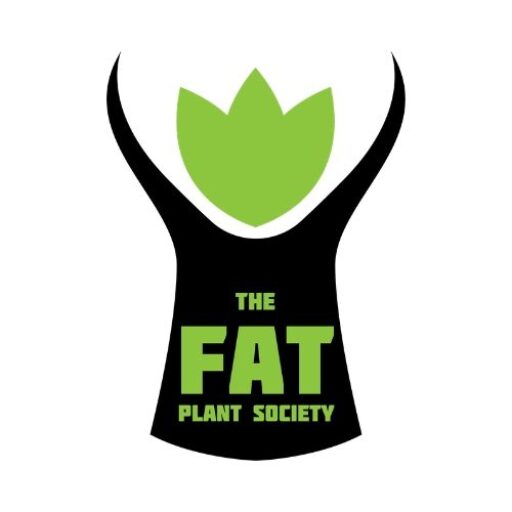Green branding, green values, and sustainable product options matter. We’ll tell you why, share our list of brands that are doing a phenomenal job and share how showing off your sustainable side affects your bottom line in a very, very, positive way.
From office environments to hotels to home building and clothing, there is a large and growing sector number of companies working to be more sustainable. Perhaps it is out of the goodness of their hearts or perhaps to gain more of the market share as an equally large and growing sector of the consumer market now make their decisions based on how “green” the product or organization is. We’re going to share our list of green brands in office design, hospitality, fashion, and homebuilding. Not only is green on the list of criteria for consumers, but it’s also perceived as a luxury.
Why green? Because 88% of consumers in the U.S. and the UK feel quite strongly about it. A study by FUTERRA posed the question, “Would you like brands to help you be more environmentally friendly and ethical in your daily life?” A resounding 88% said YES and as Solitaire Townsend spells out in her article for Forbes Magazine, “Your consumer has the right to change the world for the better – how are you going to help her?” Great question and we share what Ms. Townsend did to create change at the end of this article.
Offices that Get Green
Let’s start with office space. There is more than one reason the green design movement is taking off, and it is directly linked with millennials’ preferences as they move forward and within the workforce, according to Stacy L. Colman of Plant Wall Design. From moss logo walls to plants in the workplace, greenery is replacing traditional office artwork because it provides benefits and is an outward display of your organization’s green values and ethics.

Millennials are the “wellness generation,” and products promising wellness are part of an industry is worth over $4.2 trillion globally, according to a report by the Global Wellness Institute.
Mary Meisenzahl writing for Business Insider
Within the office development sector, there are two obvious ways to display your green ethos:
1) by obtaining LEED and/or WELL Certifications that are proof positive of your efforts in sustainability (or one of the other emerging certifications that you can read about through this comprehensive link).
2) by incorporating green elements like green walls and living plants that are visible (and beautiful) and make your green values visually evident (immediately and without anyone needing to ask) and that often generates an audible “Ahhhh” or awe as it were.
3) But wait, there’s more. There are new opportunities to go beyond green and you can read about WiredScore and more in this thorough article by Joe Gose, writing for The New York Times.
So which companies get the top score for sustainability? That depends on the industry so we’re sharing the longer list of the top 33 companies (for the environment). To be clear and to quote article author Yusef George, “They (the 33 companies listed) align with many of the public’s priorities – including worker well-being, community support, and customer treatment – and score highly in the JUST Capital Rankings.”
Hotels Court Eco-Friendly Guests
But what about hotels? We shared photos and which hotels are taking great care to “do the right thing” from lobbies to hotel restaurants to hotel spas in a recent post. And the list of properties spans the globe. But Huffpost gives us a nice, clean list of just the top 5 hotels in the U.S. that are not only conserving resources but also incorporating technology in efforts to be as eco-friendly as possible.

The Smartest Homes are Green
With regard to the housing industry, we have all heard the term “smart home” that refers to the technology many home builders are incorporating to assist homeowners in conserving energy and managing tasks from outside home but the smartest homes are green homes as well. That means they not only incorporate technology but strive to either save power or better yet, make power.
Dwell provides a list of the top nine eco-friendly homes, with smart and sustainable features. Their list spans countries and includes a couple of breathtaking properties here in the United States.
But here in the Midwest Region, we are fortunate to have BSB Design–they not only provide a fantastic “Solutions Collection” they also advocate for making healthy lifestyle choices in design and you can find their work across the country. From Florida to the Midwest, BSB cares about the communities in which they build and they care about the wellbeing of the people who live there.

You will also want to follow Julie Jacobson, a writer for CEPro as she is putting forth forward-thinking in smart homes. Quoting Julie, ” Humans are hardwired to relish nature and thrive in a 24-hour circadian cycle. Smart-home pros can fake-believe nature through smart lighting, indoor air quality, beneficial sounds, visuals and other wellness-related stimuli.”
Julie has been covering smart homes for 25 years and her article, “Biophilia and the Reason Smart-Home Pros Can Own the Wellness Category” is one we oft-reference.
Green Really Is the New Black
Best Eco-friendly Products
Looking for eco-friendly products? eco (out of the UK) has selected the best sustainable product for a green lifestyle. Founded by David Douek with marketing conducted by eco-marketer Jonathan Davies eco makes sustainable consumption easy. While they are currently focused on the UK market, they are a model for affordable, and eco-friendly alternatives to most everyday products and we look forward to watching them grow as we all get more conscious and concerted about our purchases. You can find them here and at beeco.green.
Lastly, we turn to clothing and fashion and we turn our attention first to Paris and Mexico as there are two companies that have our hearts with regard to their green mission and ethos as well as the personal attention they give to all their customers.
1618.Paris (named after the number of gold) and they curate sustainable, green products from home design pieces to perfume to clothing. Don’t worry if you cannot read French, the Google machine will translate for you. The gist of their mission is this:
We celebrate the luxury of the 21st century and the power of creative innovation.
-I6i8.Paris/About
We believe that beauty and creativity are at the heart of change.
That audacity, impertinence and freedom move the borders.
It is time to respond to a society in search of meaning.
We demonstrate that sustainable development is compatible with creation, quality and aesthetics.
We give international visibility to the companies engaged and provoke the meeting with the general public.
One of our favorite aspects of their mission is that last piece–engage and meet with the general public. We agree that the best projects and the best and most fruitful relationships stem from human interaction IRL. That’s why heading to Paris to participate in a future Biennial is at the top of our list of priorities. And come on, who doesn’t want to go to Paris? Their next big event is June 2020 but they also curate events and host popups so do follow them (if only from afar) because what they are doing is not only creatively inspiring, it’s damned important.

A little closer to home (but you will still need a passport) is Fashion Green Mexico aka FashionGreenMx. They too focus solely on sustainable, green products and manufacturing processes and bear with me as I translated their mission from Spanish myself (do feel free to correct me and pose suggested revisions):
We advocate a view that sees the world of fashion and lifestyle as an important platform to promote sustainability in the industry, from the perspective of the core leaders in the sustainable movement. We collaborate with companies, brands and designers to position a lifestyle culture with a sustainable focus.
–Fashion Green Mx
And for a wonderfully comprehensive list for sustainable fashion for both men and women, we gleefully share the link to the Vivida Shopper’s Guide to Sustainable Fashion. The list includes names you likely know (e.g. Stella McCartney) but some you may not know, including Vivida’s own line.
This is an organization that walks the talk as well. They share tips for other ways to be sustainable and stylish at the same time like clothing swaps, second-hand shopping, and clothing rental. We are pretty smitten with their ethos and their highly informational site that includes visionaries, pro athletes, and some gorgeous videos.
Back here at home, there is a surprisingly long list of clothiers who focus on being green and sustainable in their manufacturing processes. Good Housekeeping has the most thorough and comprehensive list (published April 2019) I was able to find. And the title says it all: “16 Best Sustainable Fashion Brands You Can Actually Trust.”
Thank you, Lexie Sachs for this well-titled and vetted list. Ms. Sachs shares the process:
“The Good Housekeeping Institute’s Textiles Lab worked with an environmental consultant and used our fabric expertise to break it down for you, finding top brands that are addressing environmental and social concerns. We’ve selected these picks based on style and sustainable features…”
-Lexi Sachs, Good Housekeeping Textiles Director
You may be surprised to learn that number one on the list of ethical clothing is Levis. You will have to read the article to find out which ethical clothiers round out the top three, top five, and the rest who make up the winning 16 slots.
In my research for this article, I came across an article that stunned me and that I frankly did not believe for a moment (one has to be cautious and discerning about source material) because the author claimed that specifically, millennials, do not give a hoot about sustainable products. The author claimed they don’t care anymore because they do not trust the claims many companies make about their products. Not only is this flawed logic, but it also seems to be highly inaccurate based on our research and conversations. And caring about where your products come from and how they are developed is not only a concern for millennials, it is a concern for all of us and there are ample resources to help you make wise decisions about what you buy, how you build, and where you work.
Our friend and collaborator, Nicci Wyels, founder of Raven Wood Designs, has coined a term/tag we’re very fond of #naturallyluxurious.
And speaking of lovely Nicci, she creates gorgeous pieces for your home (sustainably, of course) and takes commissions in addition to her ever-evolving product line. Check. Her. Out.
If you get stuck finding the green and sustainable product you are seeking, for heaven’s sake, go to your local library and ask for assistance from the reference librarian. Guaranteed the librarian will steer you in the right direction.
If there is one thing my research did bear out, it is that green is most definitely the new black and “sustainability” is just as important for luxury products as it is for everyday needs. So shop wisely. Hopefully, you now have some new brands to turn to in your efforts to put your money where your mouth is.
As Always, Yours in the Love of All Things Green,
Kasey & Morten
The Fat Plant Society
